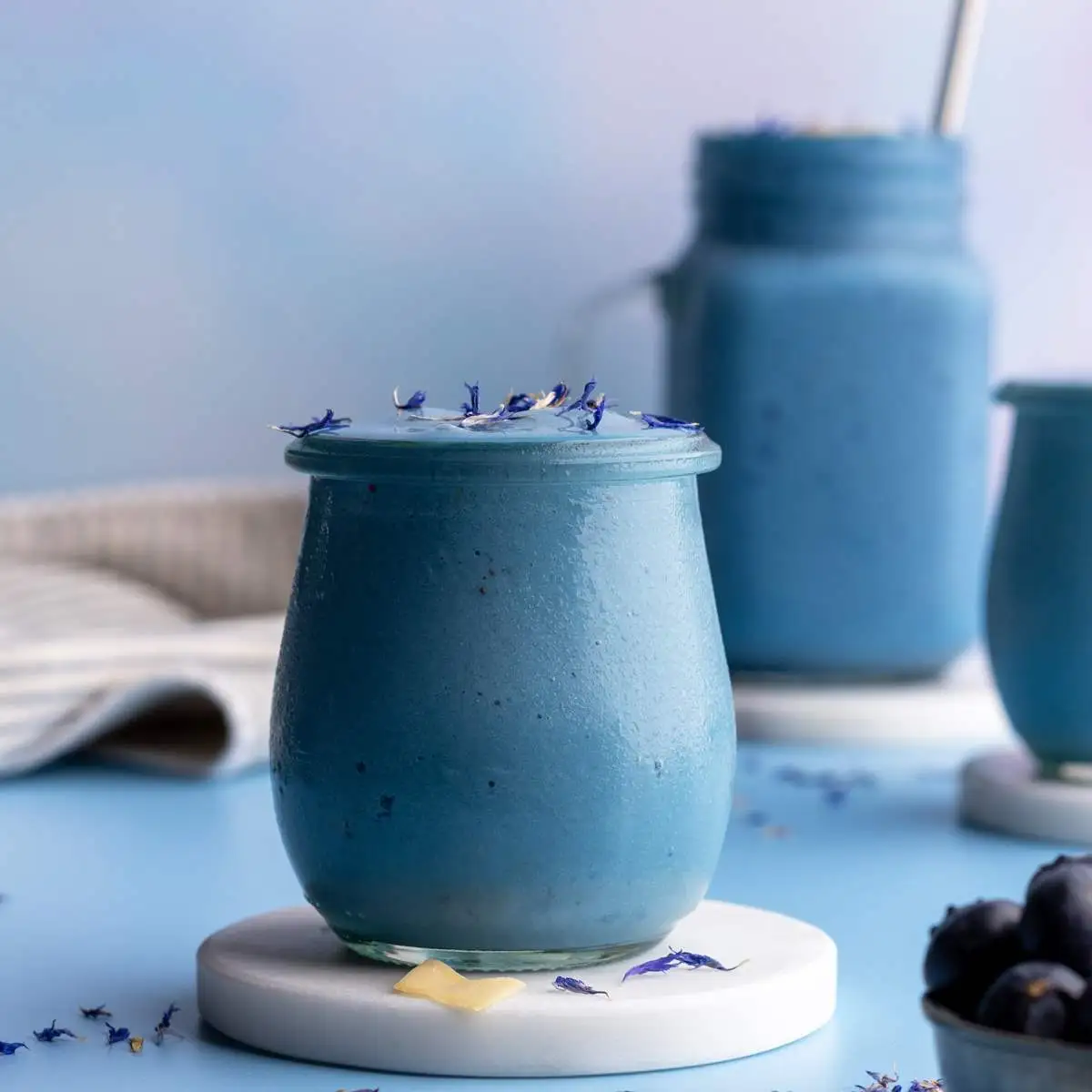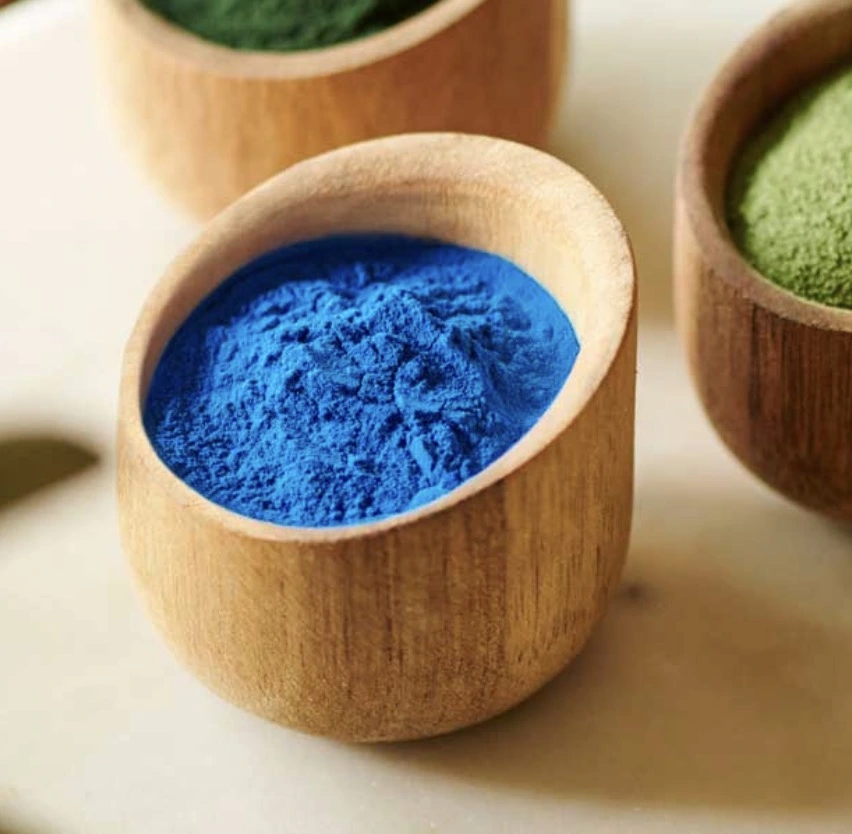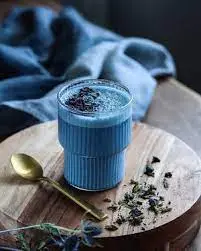Lutein E161(b): Top Pigment for Bright, Natural Colors
In the world of natural food colors and cosmetic ingredients, Lutein E161(b) stands out as a versatile and powerful pigment. This carotenoid, derived from marigold flowers, offers a range of benefits for both food and cosmetic applications. Let's explore why Lutein E161(b) has become a top choice for manufacturers seeking vibrant, natural colors.
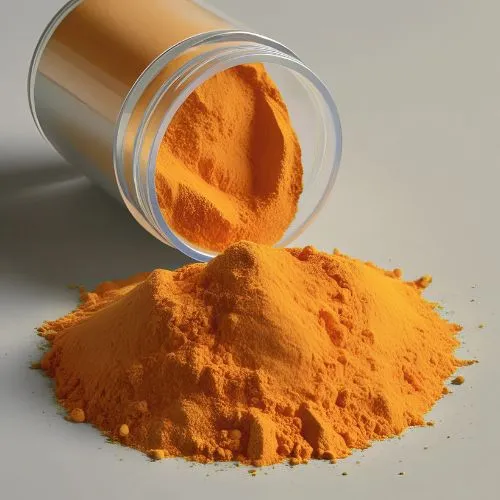
The Advantages of Lutein E161(b) for Vibrant Food Colors
Lutein E161(b) has gained popularity in the food industry due to its ability to provide bright, natural yellow to orange hues. Unlike synthetic alternatives, this pigment offers several unique advantages:
Natural Origin and Clean Label Appeal
As consumers continue to seek clean label products with recognizable ingredients, Lutein E161(b), derived from marigold flowers, fits perfectly into this trend. Its natural origin enables food manufacturers to replace artificial colors while still achieving vibrant, appealing products. By using Lutein E161(b), companies can meet the demand for transparency and natural ingredients, offering a healthier alternative without compromising on visual appeal or product quality.
Stability and Versatility
A key advantage of Lutein E161(b) is its exceptional stability across diverse food applications. This pigment retains its color integrity even under varying processing conditions, such as high temperatures and fluctuating pH levels. Its versatility makes it ideal for a broad range of products, from beverages to baked goods, ensuring consistent color and quality. Lutein E161(b) offers reliable performance, making it a valuable ingredient for manufacturers seeking vibrant and stable colors in their food products.
Health Benefits
In addition to its coloring properties, Lutein E161(b) provides potential health benefits. As an antioxidant, it may support eye health and help protect against age-related macular degeneration. This dual role as both a colorant and a nutritional ingredient enhances the value of food products that include Lutein E161(b). Its combination of functional and aesthetic benefits makes it a compelling choice for manufacturers aiming to offer both appealing and health-conscious products.
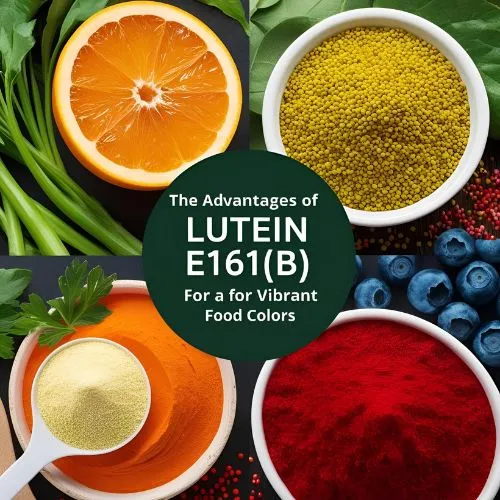
Why Lutein E161(b) is a Safe, Natural Alternative in Cosmetics?
The cosmetics industry has also embraced Lutein E161(b) as a safe and effective coloring agent. Here's why it's becoming a preferred choice for beauty product formulators:
Gentle on Skin
Lutein E161(b)'s natural origin makes it a mild and safe choice for skincare products. Unlike certain synthetic dyes that can irritate the skin, this pigment is generally well-tolerated by various skin types. Its gentle nature makes it compatible with sensitive skin formulations, broadening its potential use in the cosmetics industry. Lutein E161(b) offers an appealing option for manufacturers looking to create effective, skin-friendly products with natural ingredients.
Antioxidant Properties
The antioxidant nature of Lutein E161(b) provides additional benefits in cosmetic formulations. It can help protect the skin from free radical damage, potentially contributing to anti-aging effects. This dual functionality as both a colorant and an active ingredient enhances its value in beauty products.
Sustainable and Eco-friendly
As sustainability gains importance in the cosmetics industry, Lutein E161(b) presents an eco-friendly alternative to synthetic dyes. With its plant-based origin and renewable sourcing, it meets the growing consumer demand for environmentally conscious beauty products. Lutein E161(b) offers a natural and sustainable solution, helping brands align with green practices while providing vibrant colors. This makes it an attractive option for manufacturers committed to sustainability and eco-friendly formulations in their cosmetic offerings.
How Lutein E161(b) Enhances Natural Color in Various Products?
The versatility of Lutein E161(b) allows it to enhance the appearance of a wide range of products. Let's explore some specific applications:
Food and Beverage Applications
In the food industry, Lutein E161(b) finds use in numerous products:
- Dairy products: Adds a natural yellow hue to butter, cheese, and yogurt
- Baked goods: Enhances the golden color of cakes, cookies, and pastries
- Beverages: Provides a sunny yellow tint to juices and soft drinks
- Confectionery: Offers vibrant yellows and oranges for candies and chocolates
- Sauces and dressings: Imparts a rich, appetizing color to condiments
Cosmetic and Personal Care Uses
In the beauty industry, Lutein E161(b) contributes to the visual appeal and functionality of various products:
- Lip products: Adds warm, natural tones to lipsticks and glosses
- Foundations and powders: Provides subtle yellow undertones for a healthy glow
- Skincare formulations: Enhances the appearance of creams and serums while offering antioxidant benefits
- Sunscreens: Contributes to a natural tint in mineral-based sun protection products
- Hair care: Adds golden highlights to shampoos and conditioners
Nutraceutical Applications
Beyond food and cosmetics, Lutein E161(b) plays a role in the nutraceutical industry:
- Dietary supplements: Provides a natural yellow color to capsules and tablets
- Functional foods: Enhances the appearance of fortified products while contributing nutritional benefits
- Sports nutrition: Adds visual appeal to protein powders and energy bars
The widespread applicability of Lutein E161(b) across these diverse sectors underscores its value as a versatile, natural coloring agent.
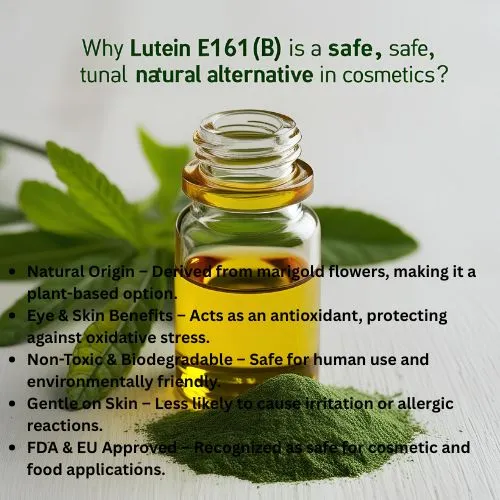
Conclusion
Lutein E161(b) has emerged as a top pigment for bright, natural colors in both the food and cosmetics industries. Its natural origin, stability, and potential health benefits make it an attractive option for manufacturers seeking clean label solutions. As consumer demand for natural ingredients continues to grow, Lutein E161(b) is poised to play an increasingly important role in product formulations.
At Yangge Biotech Co., Ltd., we specialize in natural plant extracts like Lutein E161(b) for food, beverages, dietary supplements, and cosmetics. Our ISO, HACCP, Kosher, and Halal certified facilities ensure the highest quality products. To learn more about how Lutein E161(b) can enhance your products, contact us at info@yanggebiotech.com.
References
1. Johnson, E. J. (2014). Role of lutein and zeaxanthin in visual and cognitive function throughout the lifespan. Nutrition Reviews, 72(9), 605-612.
2. Abdel-Aal, E. S. M., Akhtar, H., Zaheer, K., & Ali, R. (2013). Dietary sources of lutein and zeaxanthin carotenoids and their role in eye health. Nutrients, 5(4), 1169-1185.
3. Arunkumar, R., Calvo, C. M., Conrady, C. D., & Bernstein, P. S. (2018). What do we know about the macular pigment in AMD: the past, the present, and the future. Eye, 32(5), 992-1004.
4. Bohn, T. (2019). Carotenoids and markers of oxidative stress in human observational studies and intervention trials: Implications for chronic diseases. Antioxidants, 8(6), 179.
5. Suarez-Jimenez, G. M., Burgos-Hernandez, A., & Ezquerra-Brauer, J. M. (2016). Bioactive peptides and depsipeptides with anticancer potential: Sources from marine animals. Marine Drugs, 14(5), 98.

Based on your location and order quantity, you will have the opportunity to receive a limited time free shipping promotion!
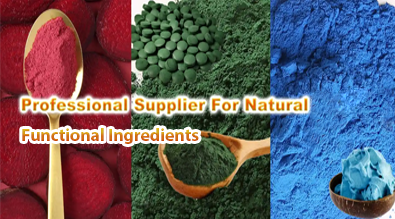
Who we are
